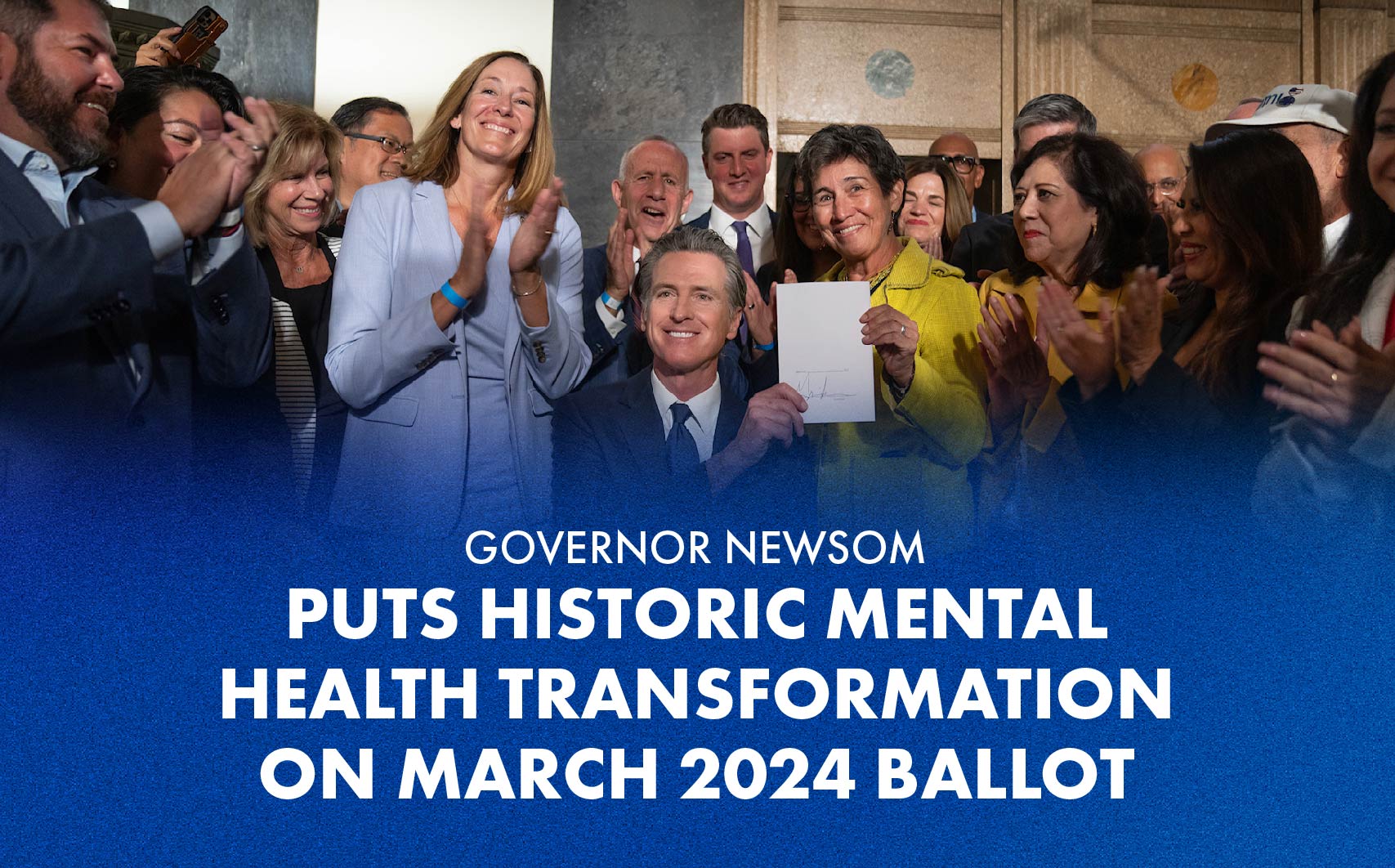
### Navigating Behavioral Health Challenges: The Essential Role of Parity
As 2024 begins, the United States faces the behavioral health consequences of three significant public health crises: the COVID-19 pandemic, Mpox, and the persistent opioid epidemic. Complicating this situation is the ongoing youth mental health crisis that leading national health bodies highlighted in 2021. As we enter 2025, while the emergency declarations for COVID-19 and Mpox have come to an end, numerous challenges persist — the opioid crisis, long COVID-19, and a concerning rise in mental health and substance use disorder (SUD) cases. Among these hurdles, a pivotal yet frequently overlooked issue is **behavioral health parity**, which guarantees that mental health and SUD treatments are equivalent to those for physical health conditions.
### Behavioral Health Parity: A Legislative Backbone
Behavioral health parity is anchored in legislative efforts such as the **Mental Health Parity and Addiction Equity Act (MHPAEA)** of 2008. Subsequent regulations in 2013, 2016, and most recently in 2024 have enhanced the framework for parity. This law requires health plans providing mental health and SUD coverage to deliver those services under the same financial, quantitative (e.g., visit limits), and nonquantitative (e.g., medical necessity criteria) terms as any other medical or surgical benefits.
Historically, parity has benefited from **bipartisan backing**, with both Democratic and Republican leaders acknowledging the necessity of fair mental health care. Beyond federal requirements, individual states have passed their own parity legislation, reflecting broad public support for addressing mental health and addiction issues on equal terms with other health matters.
However, despite its potential, the execution and enforcement of parity remain uneven at both federal and state levels. This ongoing enforcement gap leaves numerous individuals with restricted access to care despite existing legal protections.
### Ongoing Challenges in Behavioral Health Access and Coverage
Though the MHPAEA has made significant progress towards improving access and equity, recent findings indicate that many obstacles still exist. The **Substance Abuse and Mental Health Services Administration’s (SAMHSA) 2023 National Survey on Drug Use and Health** reveals that inadequate or no health care coverage is a primary reason individuals with mental health issues or SUDs avoid seeking treatment. Parity laws are often complex and not easily understood by providers, insurance companies, and even patients, creating difficulties in compliance and enforcement.
Complicating these challenges is the **fragmentation** of the U.S. healthcare system. Three federal entities — the Departments of Health and Human Services (HHS), Labor, and Treasury — share the responsibility for enforcing parity regulations, in conjunction with state authorities. Despite initiatives like the creation of parity toolkits, FAQs, and federal guidance documents, implementing parity regulations remains a challenging task. Medicare particularly stands out as largely exempt from many parity requirements, which is troubling given the escalating behavioral health needs of older adults.
### Why Parity Matters in the Context of Public Health Crises
The need to address behavioral health parity has become increasingly urgent due to recent crises, such as the COVID-19 pandemic and the opioid epidemic, both of which have intensified existing mental health issues. The ongoing isolation and stress linked to the pandemic, alongside soaring opioid overdose rates, have placed millions of Americans in a position of struggling with mental health disorders and SUDs.
Youth mental health is another pressing concern. The Centers for Disease Control and Prevention (CDC) has reported significant declines in teen mental health over the past decade, worsened by the pandemic. Access to timely and comprehensive treatment is crucial not only for recovery but also for prevention and intervention during crises. Behavioral health parity is vital for achieving these objectives.
The implementation of **telehealth** during and post-COVID-19 has proven beneficial, broadening access to behavioral health in numerous communities. However, this swift expansion of virtual care raises questions about fair reimbursement and parity enforcement for telehealth services, which are frequently not covered to the same extent as face-to-face care.
### The Need for the Federal Parity Task Force to be Restored
Given these challenges, experts are advocating for renewed federal initiatives to guarantee the effective implementation and enforcement of parity laws. One suggested measure is the reinstatement of the **Federal Parity Task Force**, originally established in 2016 under the Obama administration. This task force, which included representatives from HHS, the Departments of Labor, Treasury, and other federal bodies, played a crucial role in pinpointing gaps in parity compliance, involving stakeholders, and devising actionable strategies.
Reestablishing the task force in 2025 could fulfill several objectives:
– **Reevaluating the status of parity**: The task force could assess the current landscape, considering the legal, policy, and healthcare delivery alterations that have occurred since the COVID-19 pandemic.
– **Tackling disparities**: A revamped task force could concentrate on parity challenges faced by underserved populations, such as those in rural areas, minorities, and individuals who depend on Medicare.
– **Enhancing education and awareness**: Educ